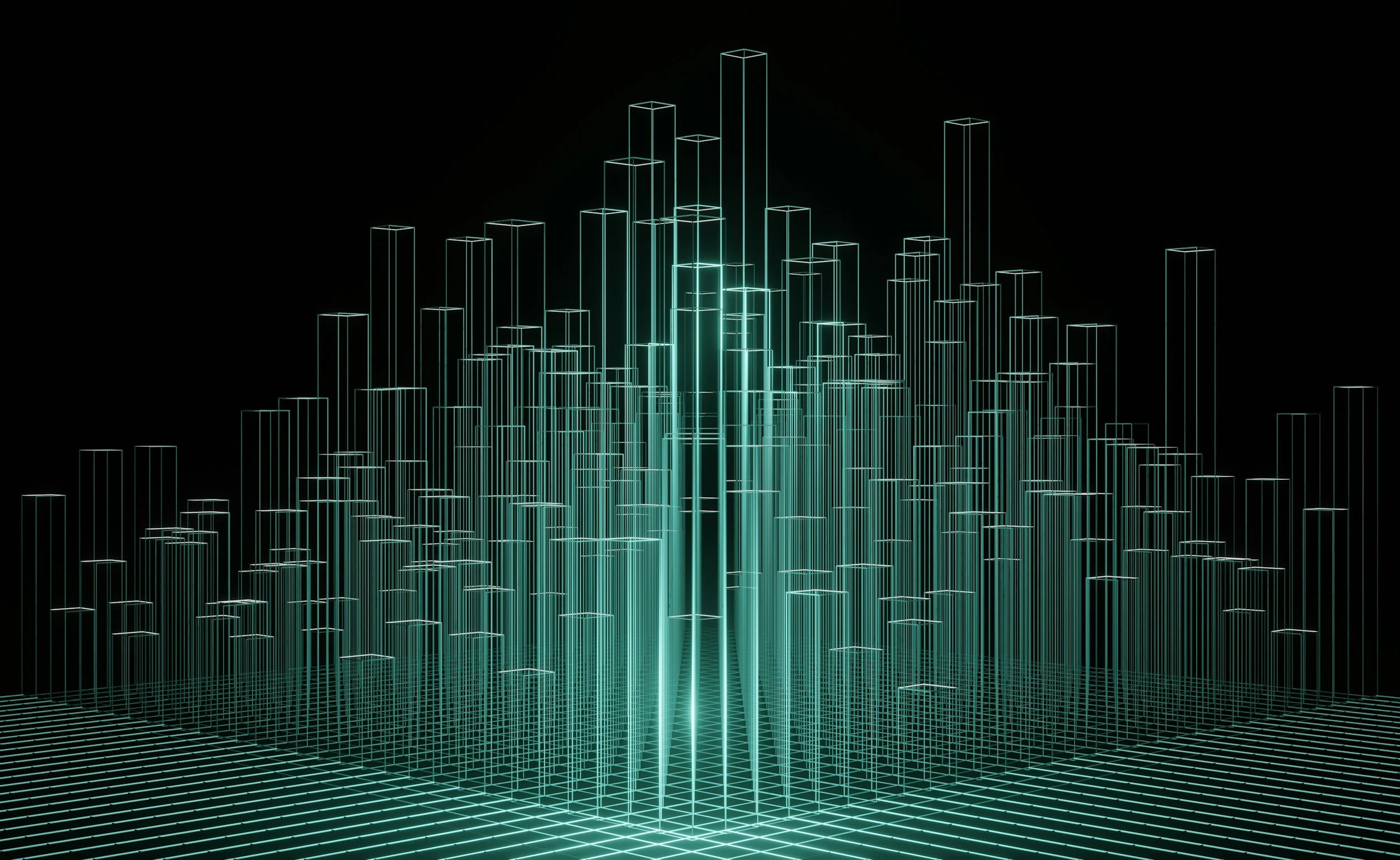Could AI Save Us From the Fate of the Dinosaurs? How AI is Changing Meteorite Detection
Image Credit: Averie Woodard | Splash
Did you know that the dinosaurs were believed to be wiped out by a catastrophic meteor strike 66 million years ago? It reshaped Earth’s ecosystem, leading to their extinction. Could human civilization face a similar threat in the future? While the chances of a civilization-ending impact are slim, the danger of smaller but still devastating meteorite strikes remains real. However, unlike the dinosaurs, we have one advantage: artificial intelligence.
[Read More: The Future of Earth System Science: Embracing AI for a Sustainable Planet]
The Evolution of Meteorite Detection
Historically, meteorite discovery was a hit-or-miss endeavour. Scientists and enthusiasts relied on eyewitness reports of bright fireballs streaking across the sky, hoping to track their trajectory and locate where the debris might have landed. Traditional search missions were time-consuming, requiring extensive manpower and sophisticated astronomical calculations to narrow down impact zones. Today, AI is revolutionizing this process.
[Read More: NASA Enhances Disaster Response Capabilities with Advanced Technology]
2017: AI-Powered Meteor Tracking and Discovery
Established as a NASA-affiliated network, Cameras for All-Sky Meteor Surveillance (CAMS) has been utilizing artificial intelligence since 2017 to process footage from hundreds of cameras stationed worldwide. By automating the identification and classification of meteors, the system has significantly improved the efficiency of tracking meteor showers and their origins. Through its AI-driven analysis, CAMS has discovered over 200 new meteor showers, contributing valuable insights into the behaviour and distribution of meteoroids near Earth.
2020: AI-Based Impact Simulation Models
Researchers have developed AI-driven tools to identify asteroids that could pose a threat to Earth. One notable example is the Hazardous Object Identifier (HOI), a fully connected artificial neural network designed to detect potential impactors. A study published in Astronomy & Astrophysics in February 2020 introduced this model, which was trained on a dataset of known impactors by simulating objects launched from Earth's surface and tracing their orbits backward in time. The HOI has demonstrated a high success rate, correctly identifying 95.25% of simulated impactors and 90.99% of NASA-classified potentially hazardous objects (PHOs)—despite not being directly trained on the latter. These results highlight AI’s potential in early-warning asteroid detection, complementing existing planetary defense strategies.
[Read More: AI-Powered NeuralGCM: Revolutionizing Climate and Weather Forecasting]
2021: AI Drones for Meteorite Recovery
Researchers at Curtin University's Space Science and Technology Centre developed an AI-powered drone system to assist in meteorite recovery. In April 2021, the system was deployed in the Nullarbor Plain, Western Australia, where it captured images of the predicted fall zone. A machine-learning algorithm then processed these images to identify potential meteorite locations. Within four days, the team successfully recovered a 70-gram meteorite—an achievement that would have taken significantly longer using traditional manual search methods. This success highlights the potential of AI and drone technology to enhance the efficiency of meteorite recovery, ultimately advancing planetary science research.
[Read More: AI Unlocks Cosmic Mysteries: The Future of Gamma-Ray Burst Exploration]
2023: AI-Powered Meteorite Analysis
Researchers have developed AI & ML techniques to classify asteroid spectra by analyzing meteorite spectroscopic data. A 2023 study published in Icarus introduced logistic regression models that accurately group meteorites into eight distinct categories, enhancing the understanding of asteroid compositions. Additionally, a study published in Chemosensors in the same year proposed a method combining Raman mapping with micro-laser induced breakdown spectroscopy (micro-LIBS) for field detection of suspected meteorite materials. This approach employs a multidimensional scaling–back propagation neural network algorithm to analyze elemental compositions without extensive sample preparation, offering a rapid and cost-effective alternative to traditional laboratory methods.
[Read More: Google's FireSat: Harnessing AI Satellites to Combat Australia's Bushfire Crisis]
2024: AI in Planetary Defense
NASA’s Near-Earth Object (NEO) Observations Program was established in 1998 to detect, track, and characterize asteroids and comets that may threaten Earth. Over the years, NASA has progressively incorporated advanced computational tools, including artificial intelligence and machine learning, to enhance its ability to identify previously overlooked asteroids in existing telescope archives.
As part of a broader planetary defense initiative, space agencies have adopted similar technologies. For example, the European Space Agency’s Hera planetary defense mission was launched on October 7, 2024. The spacecraft is currently en route to the Didymos binary asteroid system, with an expected arrival in late 2026. Hera’s primary objective is to study the aftermath of NASA’s Double Asteroid Redirection Test (DART), which impacted the asteroid Dimorphos in September 2022. The mission is equipped with AI-powered autonomous navigation systems that allow the spacecraft to operate around the asteroid independently. This capability enables Hera to perform detailed surveys of Dimorphos and its parent asteroid, Didymos, further enhancing our understanding of asteroid deflection techniques.
Balancing the Benefits and Challenges of AI in Meteoritics
While AI’s impact on meteorite research is overwhelmingly positive, it is not without its limitations.
Pros of AI in Meteoritics
Speed and Efficiency: AI can process vast amounts of data in minutes, significantly reducing the time needed to locate meteorites.
Improved Accuracy: Machine learning models minimize human error in detection and classification.
Enhanced Safety: Predictive AI models help governments prepare for potential meteorite threats.
Challenges and Limitations
Data Dependence: AI models require extensive datasets, which are sometimes incomplete or biased.
Technical Complexity: Developing and maintaining AI-driven systems is resource-intensive.
Potential Misclassifications: AI can struggle to differentiate between meteorites and terrestrial materials, requiring human verification.
According to Dr. Peter Jenniskens, a leading meteoritics researcher at NASA’s Ames Research Center, AI has significantly advanced the field of meteorite detection and classification. However, his study also emphasizes that human expertise remains indispensable, as trained scientists are essential for validating AI-generated findings and accurately interpreting results. This balance between AI-driven automation and scientific expertise ensures the reliability of meteorite research.
[Read More: Thanks to AI - Can We Conquer Mars in 100 Years?]
The Expanding Frontiers of Space Science
Looking ahead, AI is set to play an even more pivotal role in meteorite research and space exploration. Future advancements could include:
AI-Powered Space Telescopes: Advanced neural networks capable of identifying near-Earth objects with greater precision.
Autonomous Meteorite Recovery Missions: AI-driven robotic rovers designed to retrieve meteorite samples from inaccessible locations.
Real-Time Impact Warnings: Global AI surveillance networks that instantly alert authorities to potential meteor threats.
Source: NVIDIA Blog, arXiv, Hera Mission, ESA, AANDA, Spectroscopy Online, MDPI, NASA, Aerospace














